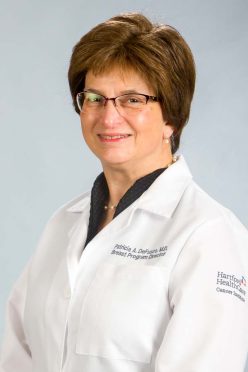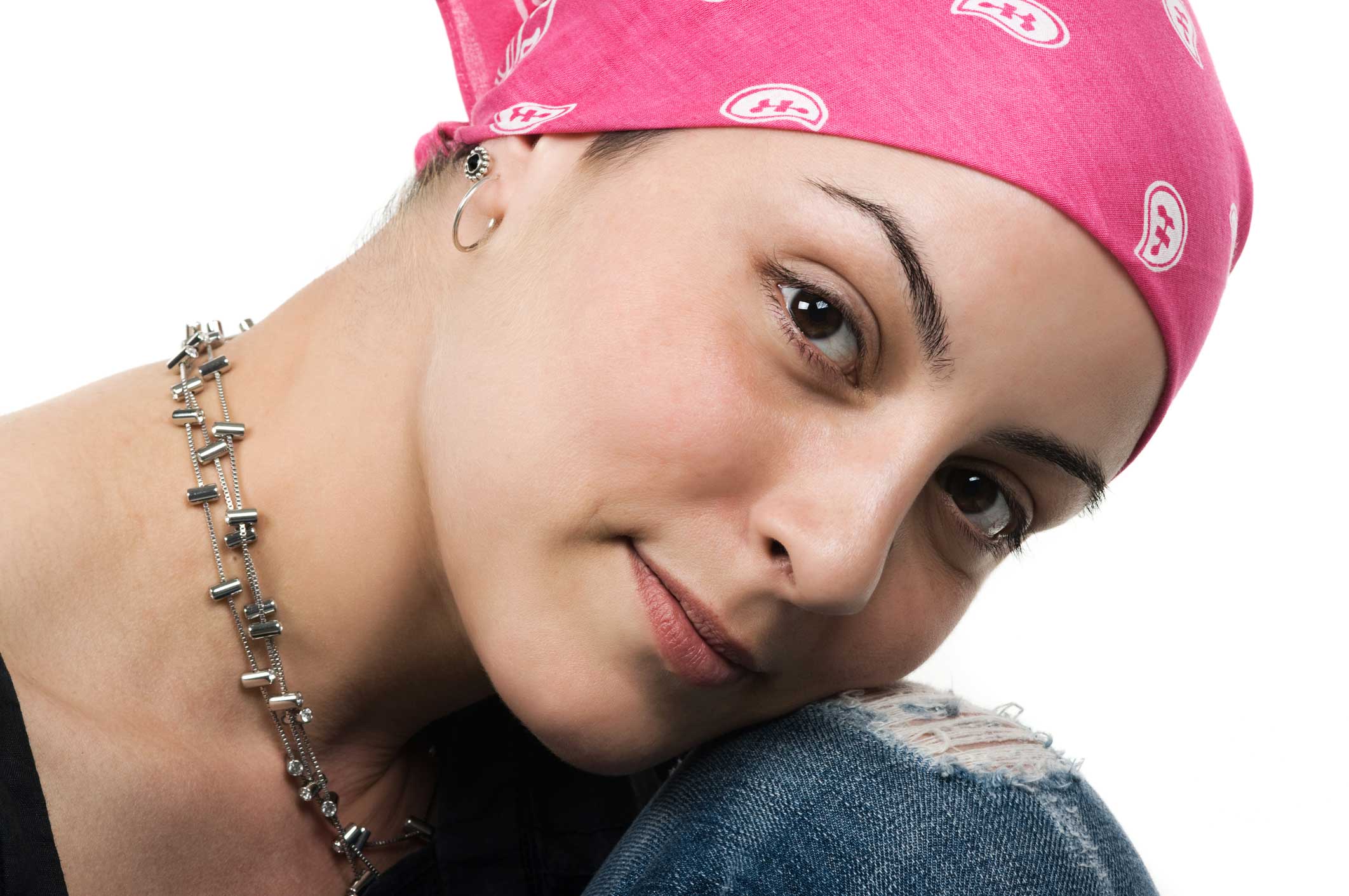
On July 25, 1985, Fitzhugh Mullan, a young physician who had just gone through treatment for a germ cell cancer, wrote a thoughtful letter to the New England Journal of Medicine.
This letter gave rise to the field of cancer survivorship.
“Survival, in fact, begins at the point of diagnosis,” he wrote, “because that is the time when patients are forced to confront their own mortality and begin to make adjustments that will be part of their immediate and, to some extent, long-term future.”
He then defined three seasons of survival: acute survival, extended survival and permanent survival.
For a woman with breast cancer, the “acute survival season” is what I often refer to as the “do, do, do” phase: There are appointments with radiology, surgery, medical oncology, radiation oncology, physical therapy, perhaps plastic surgery and more. There is the treatment that is some combination of surgery, reconstruction, radiation, chemotherapy or hormonal therapy and physical therapy. There are interminable decisions, time away from work and family, dealing with acute loss, changes in body image, fear and terror and even menopausal symptoms.
Then, when it would seem like it would never happen, the treatment phase is over and the meaning of being diagnosed with breast cancer begins to sink in. This is the season of “extended survival.” The survivor has time to think about what just happened, what it means, how she/he has changed and how significant personal relationships have changed.
The appearance may normalize, but the survivor is now irrevocably changed in some ways that appear obvious and others more subtle and subconscious. Now is the time to wonder: How will I be monitored and screened going forward? How will I know if the chemotherapy worked or if the hormonal therapy is doing its job? How can I trust my body after having this diagnosis at all?
How do I deal with side effects: late side effects from chemotherapy (hair changes, skin changes, nail changes, neuropathy, possible cardiac issues) and ongoing toxicity from hormonal therapy (hot flashes, night sweats, mood swings, decreased libido, vaginal dryness, loss of fertility, joint pains and weight fluctuations, especially weight gain)?
Are there concerns about second cancers: a new primary breast cancer in the same breast (if breast conservation was pursued) or in the opposite breast; the possibility of chest wall cancers, implant-related lymphoma? How do I not go to each visit so worried that a new problem might be found and disrupt life again?
The final phase of survivorship is “permanent survival.”
“There is no moment of cure,” Mullan wrote, “but rather an evolution from the phase of extended survival into a period when the activity of the disease or the likelihood of its return is sufficiently small that the cancer can now be considered permanently arrested.”
Studies have demonstrated that even in this phase, there can continue to be concerns about employment or insurance. Late toxicity from radiation, chemotherapy or implants needs to be monitored. The evolution of imaging modalities with improved resolution may open the need for additional studies or biopsies that may increase anxiety.
But survivorship is real and vibrant. The American Cancer Society estimates that there were 15 million cancer survivors in 2016 and, of this number, there were 3.5 million women with a breast cancer diagnosis. These numbers are expected to rise to almost 19 million and 4.5 million, respectively, by 2026.
This is a journey and an evolution. Survivorship issues can be addressed with tangible strategies for the physical, sexual, psychological and social aspects. One of the goals of the Hartford HealthCare Breast Program is to establish a strong survivorship program with a consistent evaluation, guideline driven care as well as the knowledge of the proximity to the survivor’s original care team.
To learn more about the Breast Cancer Program at the Hartford HealthCare Cancer Institute, click here.


